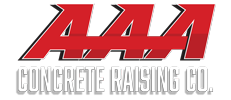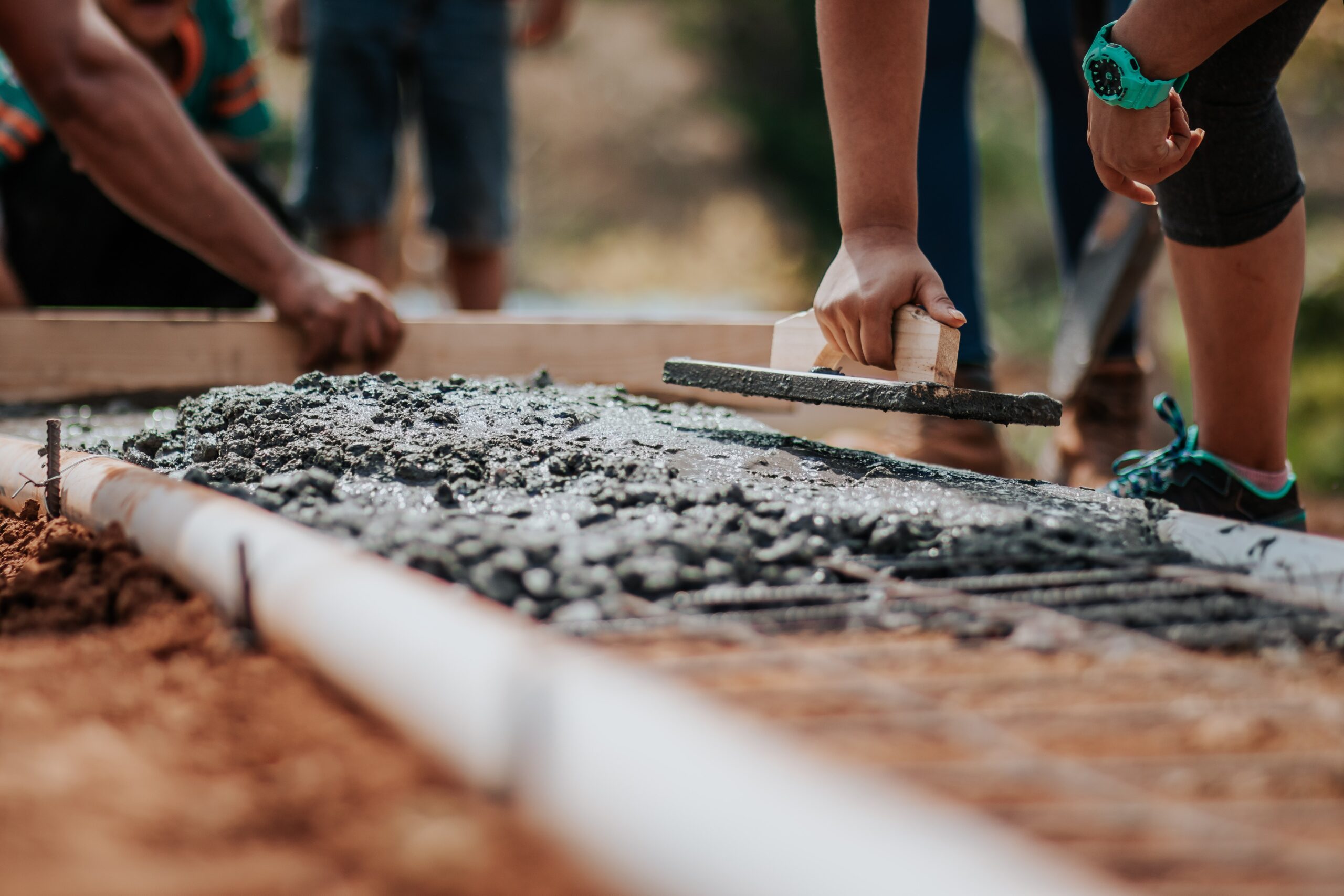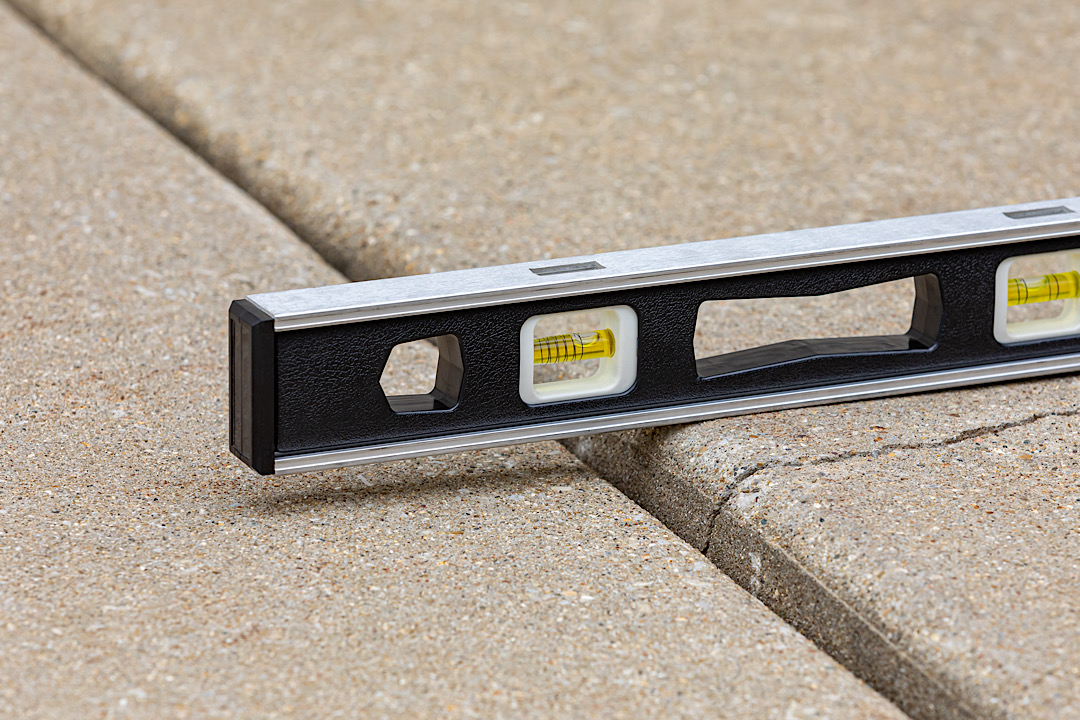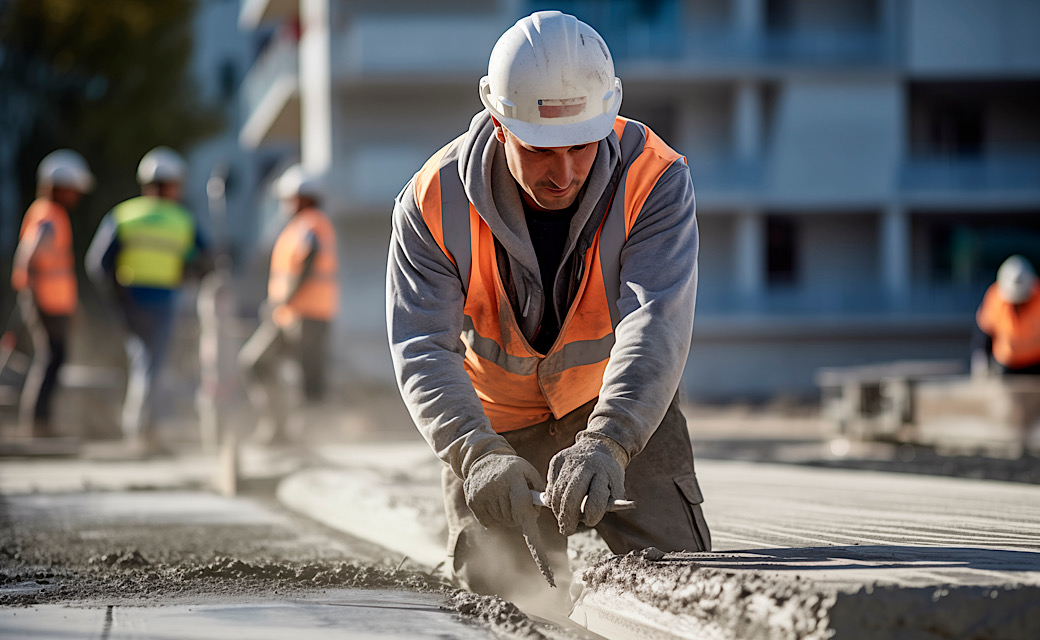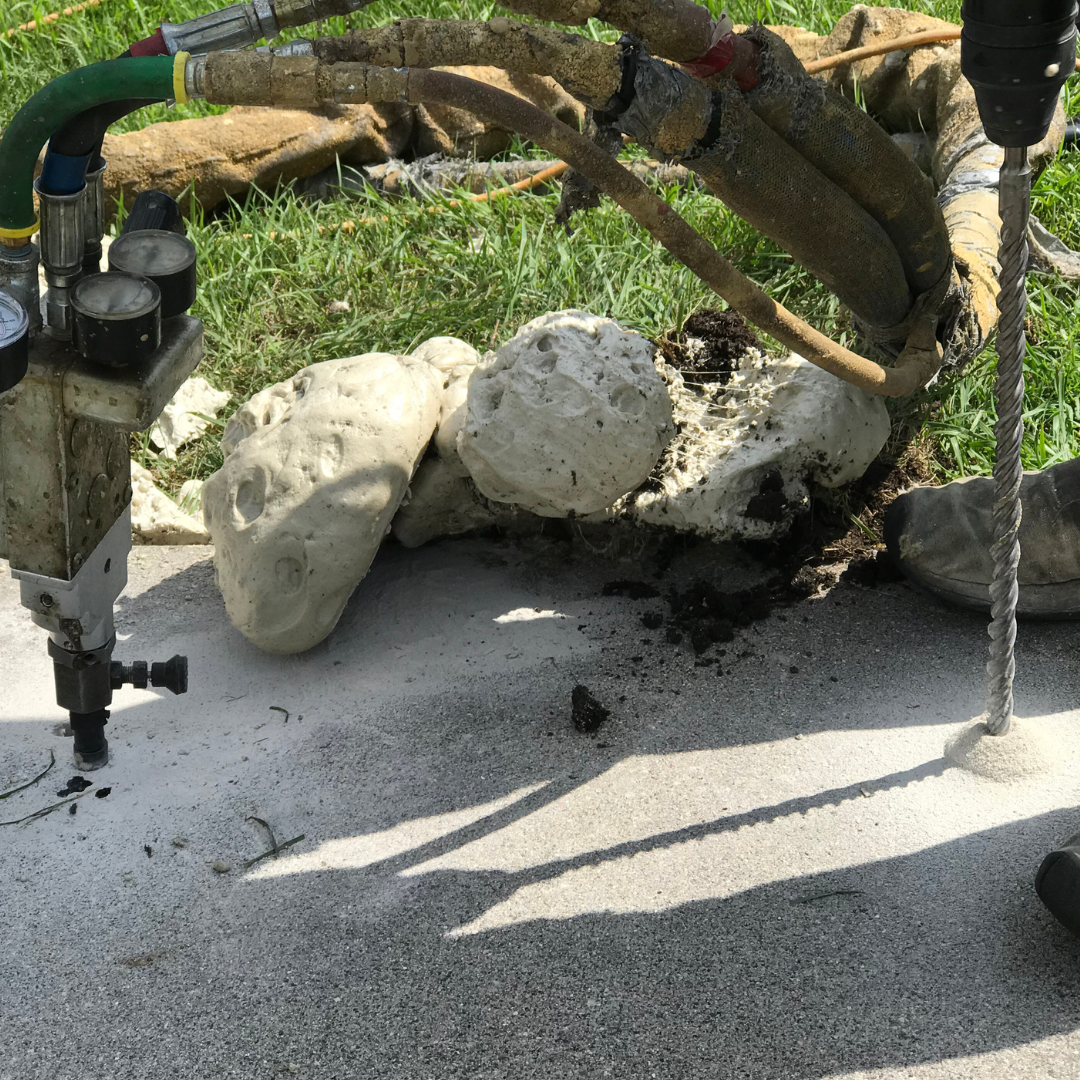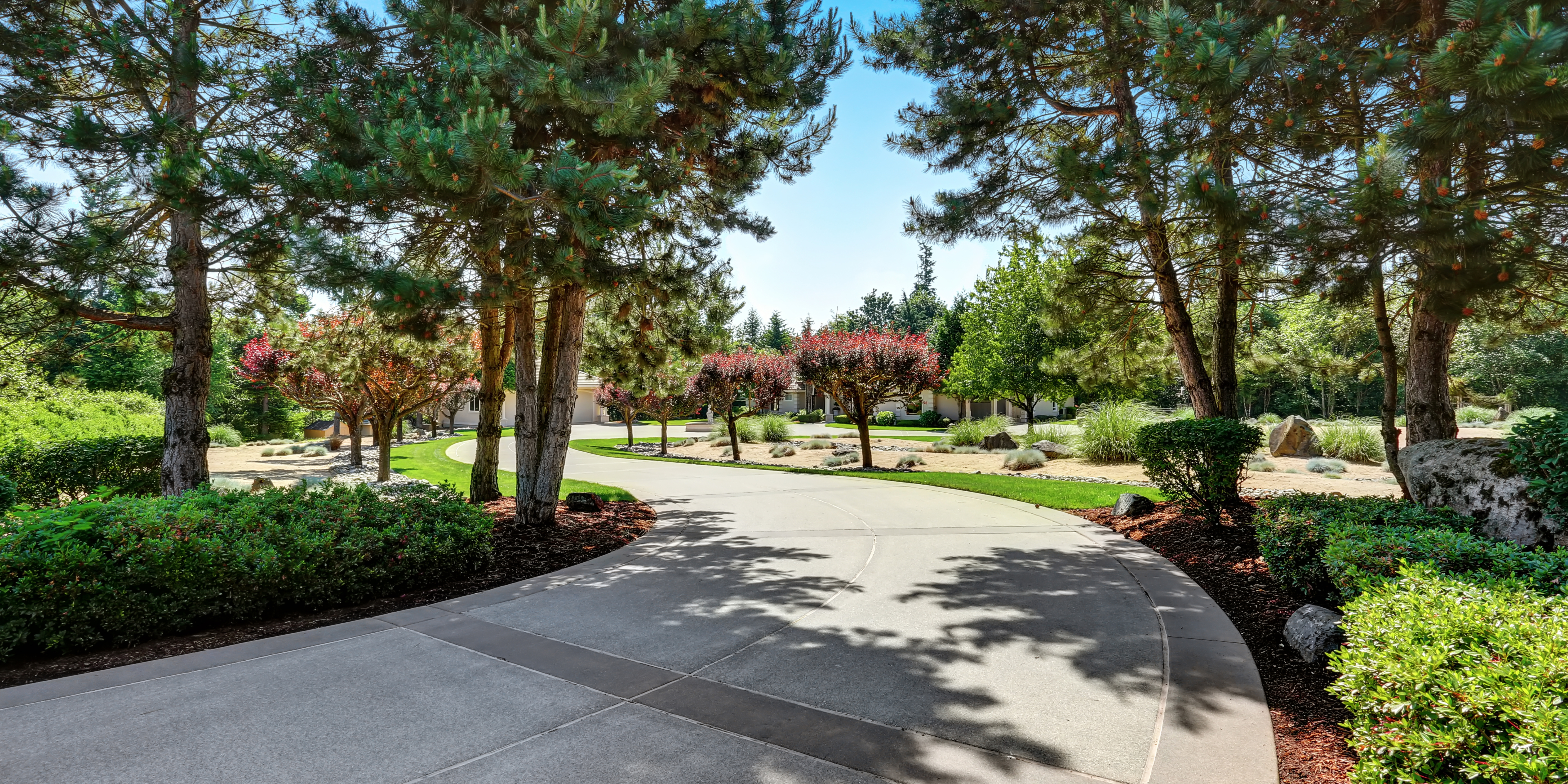Concrete raising, also known as slabjacking or mudjacking, is the process of raising and stabilizing sunken concrete slabs. This process involves injecting a mixture of water, cement, and other materials into the affected areas under the concrete slab, causing it to lift and level out. Understanding the concrete raising process can help property owners make informed decisions about their concrete repair needs.
Here is a step-by-step guide to help you better understand the concrete raising process.
Step 1: Identify the Problem
The first step in the concrete-raising process is to identify the problem areas with the help of a professional. This can be done by visually inspecting the concrete slabs for any signs of cracking or sinking. Additionally, a level can be used to measure any unevenness or dips in the concrete surface. Identifying the problem areas will help determine the materials needed and the location of the injection points.
Step 2: Prepare the Site
Once the problem areas have been identified, the site must be prepared for the concrete raising process. This typically involves cleaning the affected areas and removing any debris or loose material that may interfere with the injection process. Furthermore, any nearby structures or landscaping should be protected to prevent damage from the injection process.
Step 3: Drill Injection Holes
The next step is to drill injection holes into the affected areas of the concrete slab. These holes are typically 1-2 inches in diameter and are spaced strategically to ensure even lifting of the slab. The number and location of injection holes will depend on the size and shape of the affected area.
Step 4: Inject Material
Once the injection holes have been drilled, a specialized pump is used to inject the concrete raising material into the voids underneath the concrete slab. The material is typically a mixture of water, cement, and other materials that create a stable, lightweight foam. The foam is injected through the holes and fills the voids, causing the slab to lift and level out.
Step 5: Patch Injection Holes
After the concrete has been raised and leveled, the injection holes are patched with concrete patching material. This material is typically applied to the surface of the concrete and smoothed out to match the surrounding surface. The patching material will cure over time and blend in with the surrounding concrete.
Step 6: Clean Up
The final step in the concrete raising process is to clean up the site. Any debris or excess material is removed from the area, and the site is left clean and tidy. Property owners can then resume regular use of the concrete surface.
If you notice any indication of settling or sinking in your concrete surfaces, opting for concrete raising could be an economical and efficient solution. At AAA Concrete Raising Co., we provide top-tier services for concrete repair and leveling with the use of mudjacking. Contact us today to schedule your appointment and experience the benefits of our top-rated services.
